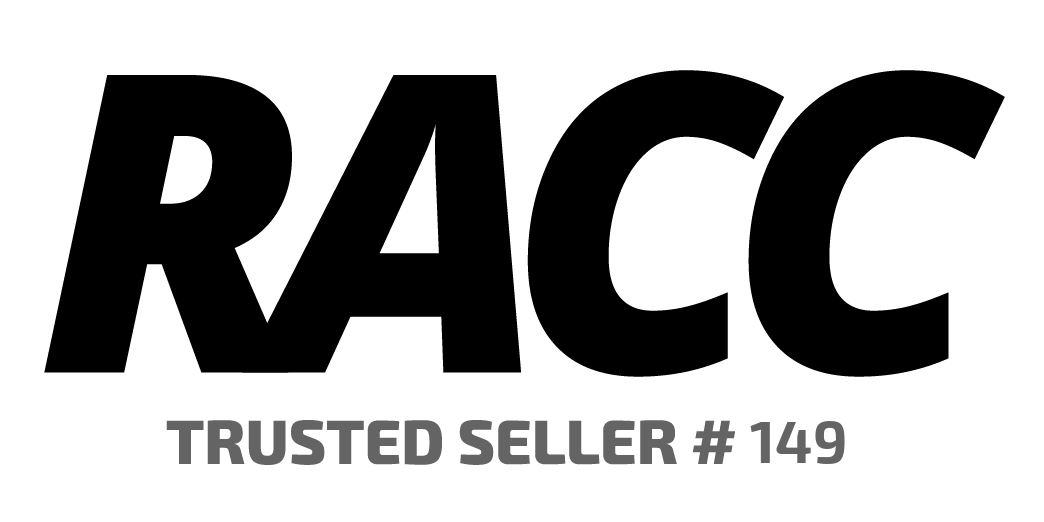Peter I the Great (1682-1725) Russian Silver Kopek - Russian Wire Money
- Lot number 2401407
- Total views 20
- Lot ended2019-06-06 20:00:00
- Total bids 18
- Winning bid $18.90
- Buyer's premium $3.21
- Total $22.11
- DAILY NO RESERVE
Please see photos for details.
The Early Russian silver hammered coins are often referred to as "Wire Money" due to an unusual method of their production. The wire coins are also called "Fish Scales" - Cheshuiki in Russian.
They were produced from as early as the 14th century and as late as the 18th century. These coins were struck at the Novgorod, Pskov, Tver and Moscow mints during the reigns of a few Russian rulers.
Created from silver wire that Thalers had brought to Russia from European kingdoms. The minting process would begin by the melting of the silver for special hot cleaning. The silver bars would then be processed into wire, which would be cut to size, and then flattened and annealed to gain their plasticity. This resulted in the blanks that would then be struck between two dies with a hammer. The lower die would be fixed in place, while the upper die would be held by the hand of the Hammerer.
Due to such crude methods and imperfect techniques, the resulting coins would often be of elongated shape, and bear many defects on the obverse and reverse sides.
Due to the uniqueness of each item, please refer to the photos provided in this auction. We offer high resolution images of each item rather than a written description of condition.
This item is being shipped from the Pristine Auction warehouse.

















